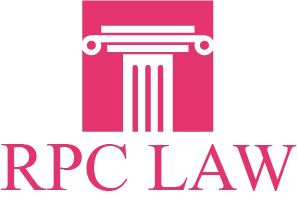Sometimes the insurance company has some bad news for the car accident victim that has submitted a vehicle damage claim. It could announce that the damaged vehicle qualified as a total loss. That announcement could trigger questions in the mind of the damaged vehicle’s owner. What should that car owner do?
Owner’s first task: Learn who is paying for the damage.
If the owner had purchased on-fault insurance, then the policy should state that the insurer has agreed to pay for certain damages. If the accident happened in a state or province without a no-fault provision, the insurance company only pays for any damage caused by someone else’s negligent actions, unless the owner had purchased collision coverage.
How much money does the insurer have to pay?
The insurer pays up to the limit, which has been stated in the document given to the policy holder. If the policy holder has purchased collision coverage, that provision forces the insurer to pay more money, on top of the funds that equaled the limit.
How does the insurer treat vehicles that are a total loss?
The insurer pays the vehicle’s owner an amount of money that equals the same vehicle’s market value on the day of the accident. The insurance company can then ask for the totaled automobile, with the intention of selling it. In that way, the insurer can get reimbursed for the money spent on a total wreck.
In judging the automobile’s market value, the insurance company uses the figure in the Blue Book. Sometimes a car’s accessories cause its value to exceed the one given in the Blue Book. When that is the case, the car’s owner might want to challenge the insurer’s assessment of the car’s market value.
How to proceed with such a challenge?
Look for any photographs that show the auto’s accessories. Evidence that it had been given such accessories should allow for an increase in the car’s estimated worth.
Still, the insurance company needs proof of any challenge to the auto’s actual value. That proof must come in the form of live testimony from a qualified appraiser. That appraiser must be paid for his or her honest opinion.
The presentation of the photographs, along with the appraiser’s testimony can get presented during a series of negotiations or during a trial. The car’s owner, the person challenging the insurer’s estimation of the auto’s value must decide how to frame the challenge. The challenge can be stated during negotiations by Injury Lawyer in Vaughan, or it can trigger the initiation of a lawsuit.
Yet neither approach guarantees the ability to defeat the insurer. Understand that the law recognizes the insurer’s right to take possession of a vehicle that has been totaled.
